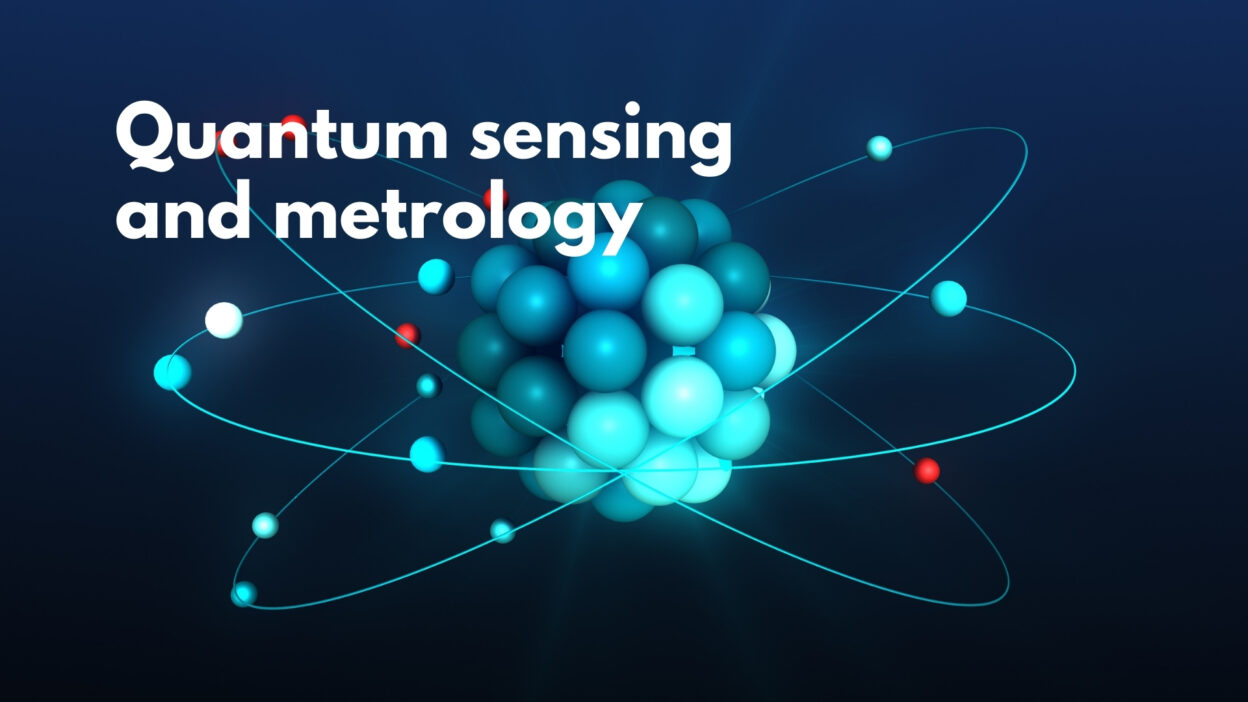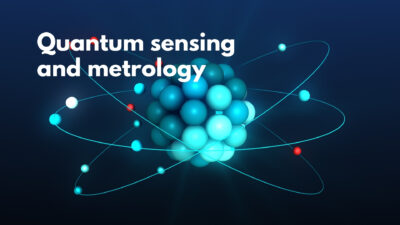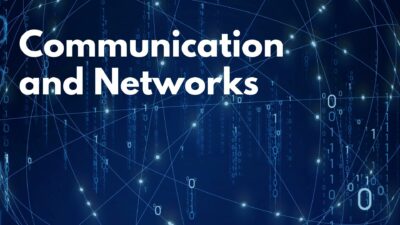This article discusses NIST’s work on developing single photon technologies for quantum information science. The focus is on creating and detecting light at the single photon level, which is essential for advancing quantum communication, computing, and sensing. NIST researchers are exploring new light sources, such as nonlinear fibers and crystals, to generate special states of light like squeezed light and Schrödinger “Cat” states. These states are important for quantum technologies because they allow for more precise control and measurement of light.
NIST is also developing highly efficient single photon detectors using superconducting materials like transition-edge sensors (TES) and superconducting nanowire single photon detectors (SNSPD). These detectors can operate with near-perfect efficiency, making them ideal for quantum experiments. The research includes testing new optical components and demonstrating applications that require single photons, such as quantum communication and fundamental physics experiments. This work is ongoing and has already led to significant advancements in detecting and manipulating light at the single photon level.
Source: https://www.nist.gov/programs-projects/single-photonics-and-quantum-information
Keywords: single photon detectors, superconducting nanowire single photon detectors (SNSPD), transition-edge sensors (TES)



